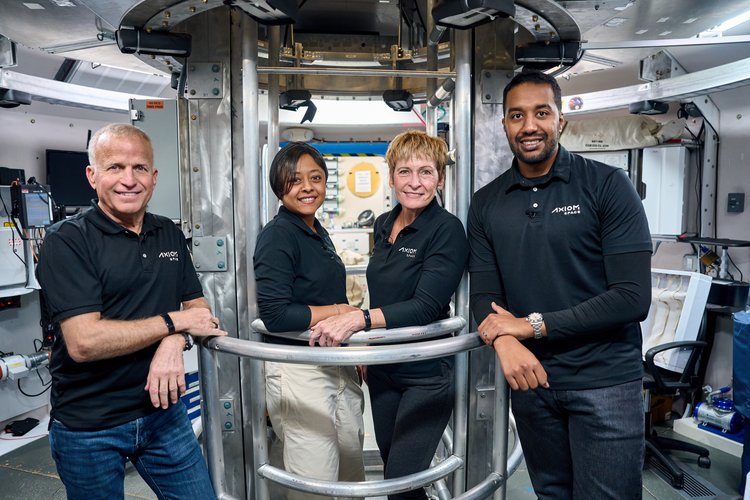
Four spacefarers from two nations, including America’s most flight-seasoned astronaut, will launch from historic Pad 39A at the Kennedy Space Center (KSC) in Florida no sooner than 10:43 p.m. EDT on Monday, 8 May, for a privately-financed mission to the International Space Station (ISS) on behalf of Houston, Texas-based AxiomSpace, Inc. Former NASA Chief Astronaut Peggy Whitson—who logged more than 665 days in orbit across three flights to the station, including a 9.5-month increment between November 2016 and September 2017—spoke to the media on Thursday, alongside senior leaders from NASA, SpaceX, AxiomSpace and the Saudi Space Commission (SSC), to discuss what AxiomSpace CEO Michael Suffredini calls “a very full mission for the crew”.
Whitson’s association with Ax-2 first entered the public consciousness in January 2021, when she was assigned to back up former shuttle astronaut and veteran ISS commander Mike Lopez-Alegria in his command of Ax-1, the first all-private mission to the station. Having retired from NASA’s Astronaut Corps in June 2018, Whitson joined AxiomSpace, where she now serves as its head of human spaceflight.
“Not the first time I have backed up @CommanderMLA,” Whitson tweeted at the time, harking back to her 2006-2007 stint as backup to Lopez-Alegria’s Expedition 14 mission. “The next best thing to flying in space is training for it.
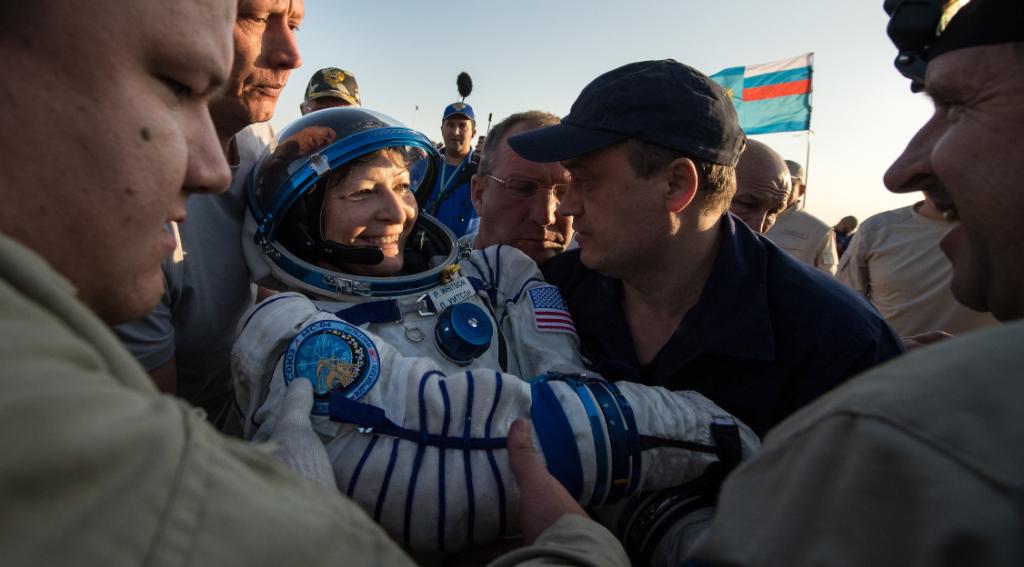
Late in the spring of 2021, she was announced to command Ax-2, with airshow pilot, athlete and motorsports endurance racer John Shoffner of Knoxville, Tenn., as pilot. The following December, NASA and AxiomSpace formally signed the mission order that Ax-2 would fly no sooner than late 2022 or early 2023, with an expectation that Whitson and her crew would spend “no more than 14 days docked” to the station. In its mission order, NASA noted that Ax-2 is also charged with bringing home scientific samples “that must be kept cold in transit back to Earth”, as well as a Nitrogen/Oxygen Recharge System (NORS) tank, potentially two late-return cargo transfer bags and will include “up to ten hours of the private astronaut mission commander’s time during the docked mission to complete NASA science or perform tasks for NASA”.
By last August—with the 17-day Ax-1 mission having triumphantly flown last April—Ax-2’s launch date was shifted slightly to the second quarter of 2023, with a revised estimate that Whitson’s crew will now spend around ten days on the ISS. Last September, AxiomSpace contracted with the Saudi Space Commission (SSC) to fly the Kingdom of Saudi Arabia’s second male astronaut and first female astronaut to the ISS “no earlier than 2023”.
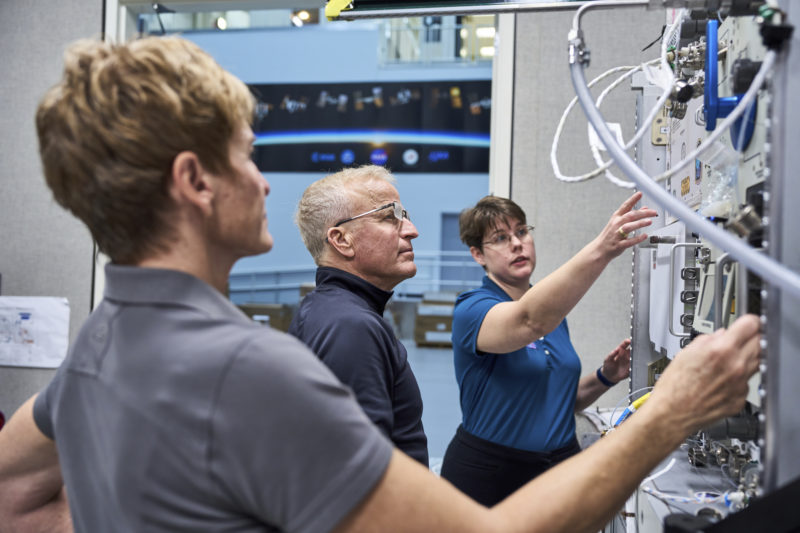
With Ax-2 having been approved by NASA and its International Partners (IPs) last January, the announcement of the two Saudi crew members finally came in mid-February. Named were Rayyanah Barnawi, a biomedical scientist and laboratory technician, with expertise in breast cancer and stem-cell research, and Ali Al-Qarni, an aerospace engineer and Royal Saudi Air Force (RSAF) captain and fighter pilot.
Speaking about her crew, Whitson noted that they have not only “met, but surpassed the training requirements”. She added that Shoffner “always has a story to tell” and that his work on Ax-2 will emphasize Science, Technology, Engineering, Arts and Mathematics (STEAM) education and praised the “extremely meticulous style” of Barnawi as well as Al-Qarni’s “savvy discipline”.
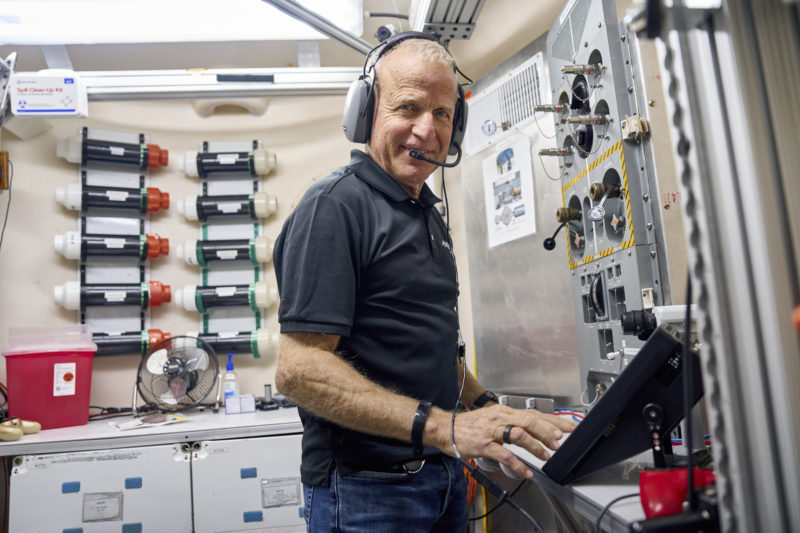
Ax-2 will facilitate more than 20 multidisciplinary experiments spanning the life sciences, human research, physical sciences and technology demonstration fields. Additionally, the mission carries a number of STEAM outreach investigations, with an expectation that Whitson’s crew will support about 130 cumulative hours of National Lab Science during their ten days aboard the sprawling orbital outpost.
Key technology demonstrations aboard Ax-2 include sensors to detect odors in the ISS pressurized environment, an experimental mobile communications device, a wireless transfer application to automatically downlink imagery, a smart stowage and inventory management video system and a novel intravehicular “skin-suit”, worn by the astronauts, which will simulate several aspects of terrestrial gravity to mitigate negative factors such as spinal elongation, muscle atrophy and sensorimotor changes.
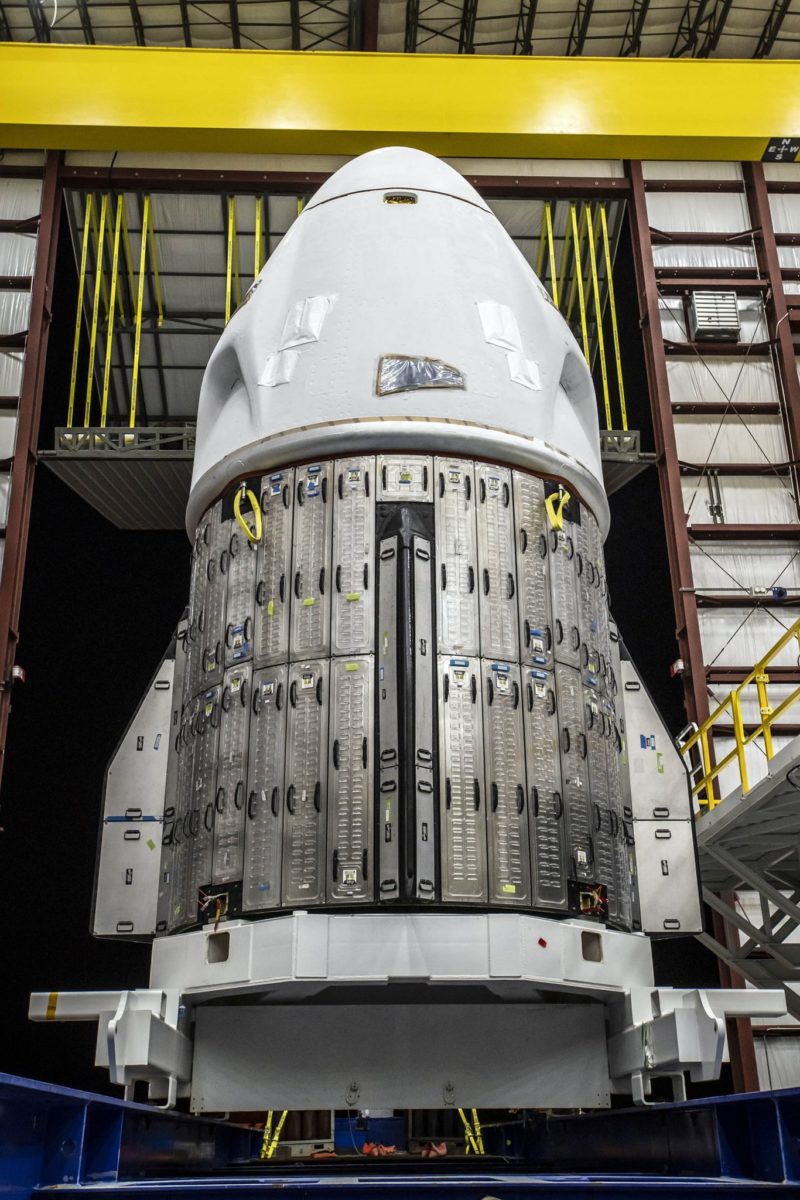
In the physical sciences arena, Ax-2 will examine the concept of “cloud seeding”—the artificial inducement of rainfall by implantation of silver iodide crystals in clouds—in the microgravity environment. Developed jointly between NanoRacks, the SSC and King Fahd University of Petroleum and Minerals, the experiment will mix moist air and silver iodide crystals in a reaction chamber as part of efforts to develop weather-control technologies for future human settlements on the Moon and Mars.
Other investigations will test a new hydrogen-rich polymer in the ISS internal radiation environment to assess its shielding capabilities and Ax-2 astronauts will also acquire imagery through the windows of the station’s cupola to study lightning and other atmospheric phenomena, including sprites, blue jets and elves. This experiment will also engage students in the Middle East, Africa, Asia and the Americas.
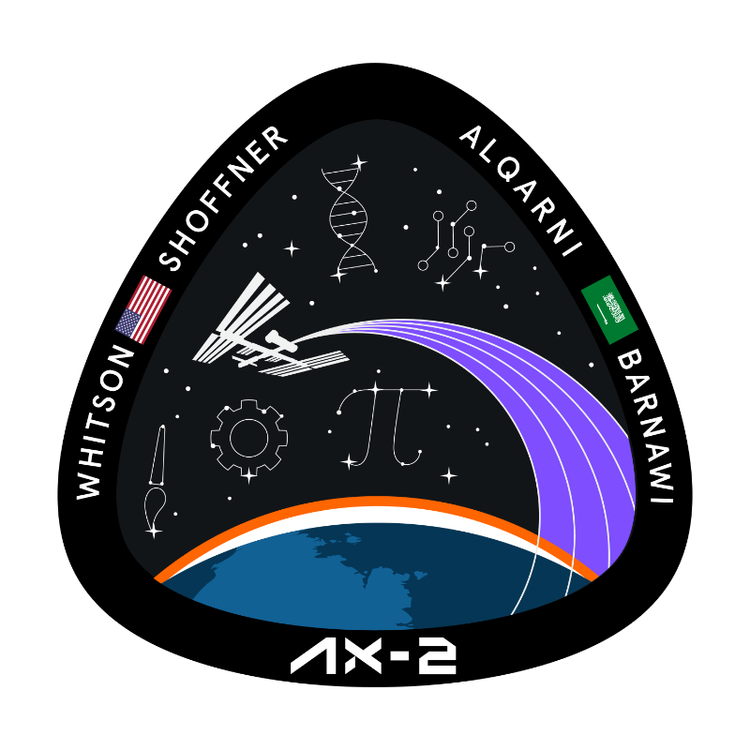
Further emphasizing the STEAM-focus of Ax-2, the mission will also include usage of the Amateur Radio on the ISS (ARISS) hardware to facilitate ham radio contact with students in classrooms or public forums around the world. And Saudi students will participate in experiments looking at the aerodynamic behavior of different-shaped kits on the space station, performing their own ground-based activities in tandem.
In the life sciences, Ax-2 will seek to optimize the assembly of DNA-based nanomaterials for potential therapeutic use, investigate the effect of the microgravity environment upon the production of stem cells and derived products, explore the inflammatory response of human immune cells, conduct cancer research and examine bioengineered liver and kidney tissue constructs. The Translational Research Institute for Space Health (TRISH), a partnership between NASA’s Human Research Program (HRP) and an academic consortium including Baylor College of Medicine in Houston, Texas, the California Institute of Technology in Pasadena, Calif., and Massachusetts Institute of Technology in Cambridge, Mass., has also provided a battery of tests, physical assessments, questionnaires, biological sampling sessions and wearable devices to monitor the Ax-2 crew’s adaptation to microgravity and their capacity to perform cognitively demanding work.
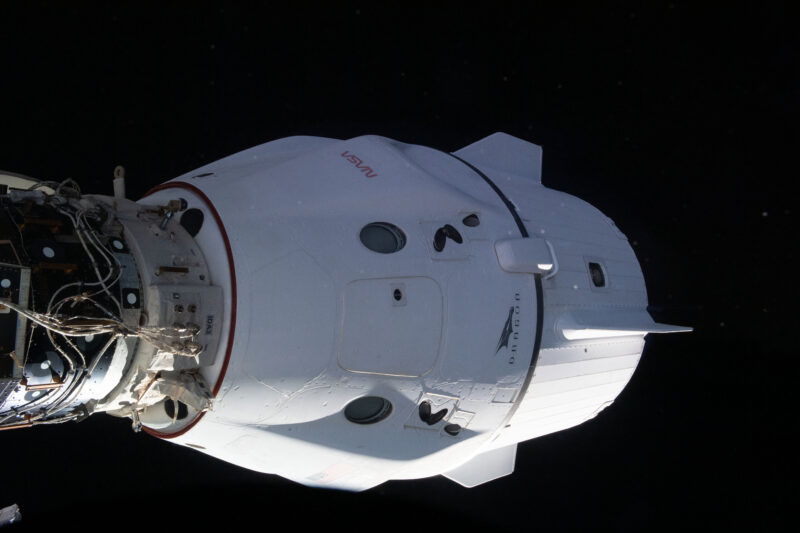
Backing up Whitson’s prime crew shadowing them “on all mission requirements” will be Mariam Fardous, a medical doctor and the first Arab women to dive at the North Pole, and Al Al-Ghamdi, who is, like Al-Qarni, a captain in the RSAF. “This is a strong and cohesive team determined to conduct meaningful scientific research in space and inspire a new generation about the benefits of microgravity,” said Whitson. “It’s a testament to the power of science and discovery to unify and build international collaboration.”
The backup mission commander is Mike Lopez-Alegria, who previously led Ax-1, with Italian Air Force Col. Walter Villadei as pilot. Villadei was identified as Ax-2’s backup pilot in May of last year, when AxiomSpace and the Italian Government signed a Memorandum of Understanding (MoU) to formally begin his training.
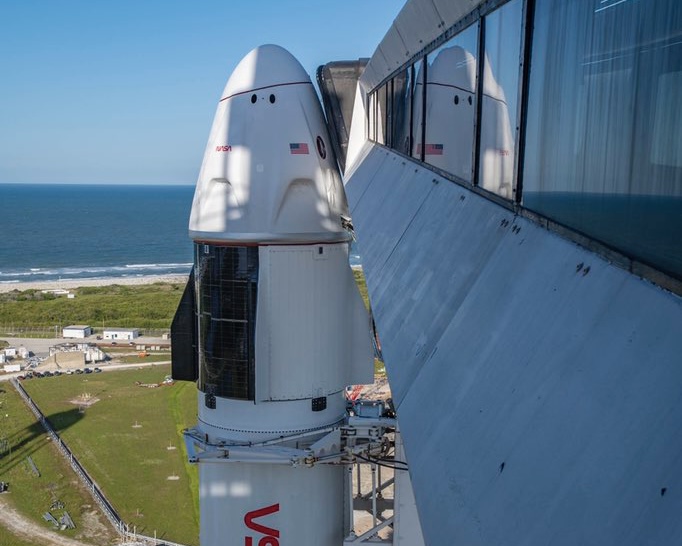
Whitson, Shoffner, Barnawi and Al-Qarni will fly aboard SpaceX’s Dragon Freedom, which will be embarking on her second trek to the ISS, having supported the 170-day Crew-4 mission between April and October of last year. This proved no surprise, since her three operational sisters are all otherwise engaged: Dragon Endeavour is currently on-orbit, supporting Crew-6 at the space station, whilst Dragon Endurance returned just last month from her five-month-long Crew-5 duty and Dragon Resilience is earmarked for the high-orbiting “Polaris Dawn” mission this summer.
Assuming an on-time launch at 10:43 p.m. EDT on Monday, 8 May—atop a brand-new Falcon 9 booster, whose tail-number is as yet unidentified—Whitson and her crew will follow a roughly 37-hour rendezvous profile, ahead of Dragon Freedom executing an autonomous docking at the ISS at 11:40 a.m. EDT on Wednesday, 10 May. Due to the complexities associated with orbital dynamics and trajectory requirements, a launch on Tuesday 9th will produce a docking at the same time on Wednesday.




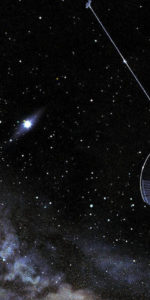
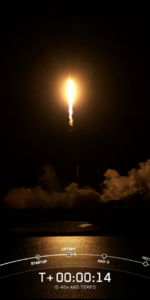
3 Comments
3 Pings & Trackbacks
Pingback:SpaceX Flies Third Starlink Mission of May, Attention Turns to Next Week’s Ax-2 Launch - AmericaSpace
Pingback:SpaceX Targets Year’s 50th Falcon Launch Tonight, 51st Tomorrow - AmericaSpace
Pingback:50th Falcon Mission of 2023 Flies, Falcon Heavy Realigns for Friday Night Launch - AmericaSpace